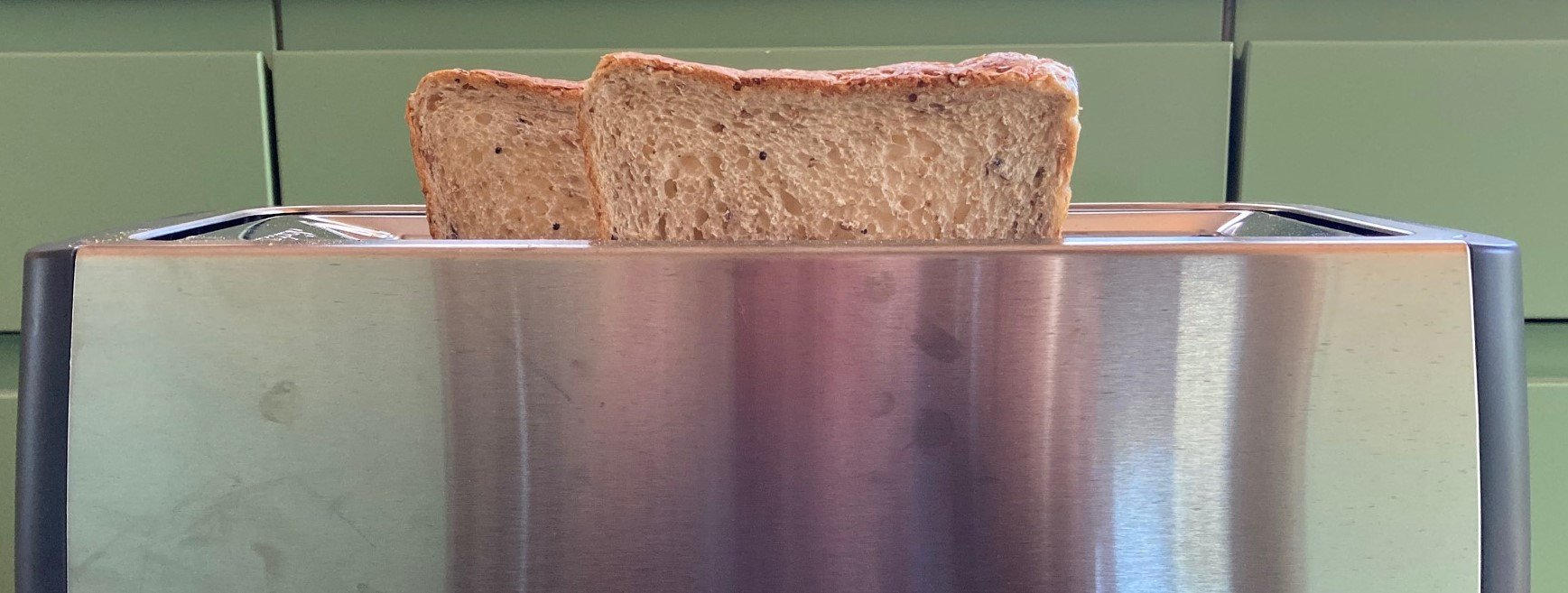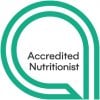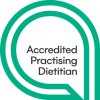The internet is riddled with advice suggesting that two toasters are required in the households of those with coeliac disease because gluten is transferred to gluten free bread when toasted in a toaster shared with wheat bread. Alternate advice has been to put gluten free bread inside a toaster bag and use the same toaster. Suggesting either of these precautions to counteract possible theoretical contamination has been stock standard advice for many many years for those with coeliac disease and now also for those who are extremely wheat sensitive.
What is the risk of gluten contamination?
Until this year the actual contamination levels had never been tested. A research paper from Weisbrod’s team in America, published in January this year (2020), measured the contamination to gluten free bread when toasted in shared toasters that were not cleaned and had visible gluten on them. Two types of toasters were used. One was the rolling type you see in cafeterias and hotels and the other was a pop-up toaster. The two types of toasters were in use with wheat bread and every 20 minutes a slice of gluten free bread was toasted. After 40 slices of gluten free bread were toasted, they were taken to the lab and tested for any gluten contamination.
Thirty-six of the 40 slices had no detectable gluten, so would be considered gluten free in Australia. The remaining four slices had between 5-10ppm (parts per million) of gluten detected. The International food standards in Europe, Canada and the United States of America allows up to 20ppm of gluten to be in a food labelled gluten free; a level deemed safe by research. So those 4 slices with up to 10ppm of gluten would be considered safe under this international gluten free standard as well.
Does this mean you can use a shared toaster for gluten free bread?
The answer would seem to be…. yes you can.
I must admit though that after 20 years of suggesting people use a toaster bag when toasting gluten free bread in a shared toaster, that my tongue wants to tie itself in knots before it can articulate that current research now suggests it is safe to do this. I think it may take a little time for this research to sink in and we will see a gradual change in our attitudes to toasters. How you perceive this new information will be driven by your nature and past experiences with tiny levels of gluten.
A variety of research over the years also tells us that there is high variability of sensitivity among those with coeliac disease and wheat or gluten intolerances.
Weisbrod’s research certainly suggests that for most there will be no problems using a shared toaster. So for those with newly diagnosed coeliac disease, there is no emotional worry tied to the toaster, and I anticipate that you should adapt to this advice well. Coeliac Australia’s current advice is that shared toasters are cleaned well before use, but there is no longer a suggestion to use a toaster bag in them.
What if I am very sensitive to trace amounts of gluten?
While using a shared toaster will be embraced by some, others who know they react to trace amounts of gluten will be less likely to jump in with both feet and be carefree around toasters. I recently gave a webinar to an audience of very wheat sensitive people. Most of the audience reacted to very small amounts of gluten; so like me being tongue-tied on this topic, they too will take some time to assimilate this information. I suggested to them that they still use the toaster bags at home where they control the gluten in their environment. The toaster research showed no detectable gluten was found on the gluten free toast and the bottom limit of the test used was 5 parts of gluten in every million parts tested (5ppm). There tends to be higher levels of anxiousness in this group, brought on by symptoms experienced, so I can’t help but fall back onto advice that is more protective for this special group. The 4 slices of bread that had less than 10ppm of gluten came from the rolling toaster where the bread spills out of the hot rollers into a communal collection area. This type of toaster allows the gluten free bread to land right on top of gluten crumbs from wheat bread, so carries a greater risk for contamination than the pop-up toaster. I would suggest caution around rolling toasters, but maybe with time, this group can experiment with shared pop-up toasters. But if piece of mind comes from using the toaster bag, then that ultimately is what is best for them.
What about contamination of other food?
Pasta:
Weisbrod’s team also proved what everyone suspected, that levels of gluten greater than 20ppm, therefore not considered to be gluten free anywhere in the world, were found in 100% of gluten free pasta samples that had been cooked in water that had just cooked wheat pasta. While at home you would not do this, there is a distinct possibility that this might occur in restaurants as perhaps suggested by Lerner’s research group. This research from America concluded that gluten free pasta and gluten free pizza meals were more likely to be contaminated with background gluten levels. Perhaps how they cooked their pasta might contribute to this?
As a general recommendation we suggest all pots and pans be washed in warm soapy water to remove any gluten that might be present. Weisbrod’s team was able to show that there was no detectable gluten in pots that had cooked wheat pasta after they had been washed in water alone. While interesting I would recommend that hot soapy water is more hygienic in general for washing all utensils.
Cupcakes:
Finally this paper on contamination showed that 26 of 30 gluten free cupcakes, cut with a knife that had just cut a frosted wheat cupcake, had detectable levels of gluten that were less than the 20ppm allowed in the International gluten free standard. Washing the knives in between cutting the two different cupcakes, removed this risk.
Overall Conclusions
The researchers felt that that overall, cross contamination from cooking was not a huge risk for most people with coeliac disease. I think some take home messages for the majority would be that shared toasters can be used, ask about pasta cooking at restaurants and be aware of cut gluten free cakes at perhaps restaurants and school fetes. Remember each person has their own gluten threshold to both symptoms and villi damage from trace amounts of gluten. The more frequently they find their way into the diet, the greater the risk. So how frequently you take these risks is also an important question to mull over.
REFERENCES:
Weisbrod VM, Silvester JA, Raber C, McMahon J, Coburn SS and Kerzner B. Preparation of Gluten-Free Foods Alongside Gluten-Containing Food May Not Always Be as Risky for Celiac Patients as Diet Guides Suggest. Gastroenterology, 2020; Jan;158(1):273-275. doi: 10.1053/j.gastro.2019.09.007
Lerner BA, Phan Vo LT, Yates S, Rundle AG, Green PHR and Lebwohl B. Gluten Contamination of Restaurant Food: Analysis of Crowd-Sourced Data. The American Journal of Gastroenterology, 2019;114(5):792–797. DOI: 10.14309/ajg.0000000000000202
Coeliac Australia (2nd June 2020) https://www.coeliac.org.au/cross-contamination/



